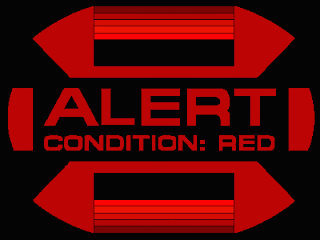Quantitative proteomics of cysteine activation in T-cells!
Add another huge set of techniques to the list of things I had NO IDEA that we could do or were important, and now I do to a great new preprint!
Where to start? Let's go first sentence.
...so...what's going on with the cysteines and what is stuck to them is some critically important thing. I knew part of that. I studied some drug a million years ago that was supposed to be a PARP inhibitor but just generically bound to every cysteine it could find. I thought that it was just screwing up protein 3D structure or something. Of course -- cysteines are way more important than that.
"...PROFOUND EFFECTS...!?!?!?" I just heat my proteins up with DTT and then put iodoacetamide on it. Guess I can't go back to my old data and see evidence of these profound effects....and I'd guess I can't use that awesome MASSIVE tool to search other people's data to look for it either....cause I betcha that DTT removes them.
Okay --- how does this group do it? It honestly seems mostly straight-forward and basically altogether brilliant.
The reference for the technique is this very very long paper in Cancer Research from 2016. You won't find the technique mentioned until the 3rd from last method section (at the very end of the manuscript). It utilizes an iodoacetamide desthiobiotin. If there isn't anything stuck to your cysteine then the iodoacetamide can get in there and bind to it and you can pull it down with whatever things bind to biotin. If your cysteines are bored and doing nothing, then you should pull down lots of them. If the cysteine is hanging out with some cool molecules or another cysteine then you can't pull them down. This sets the stage for the paper I started talking about at the very beginning of all these words.
Vinogradova et al., takes this technique way out further. They add in multiplexing with TMT. They add in multiple types of T-cell activation and what appears to be a bunch of different T-cell affecting compounds. I know just enough immunology to be vaguely aware that T-cells are involved in immunology somehow. All these beautiful charts of seemingly profound immunological findings make me glad that there are immunologists out there!
I'm a little confused on the labeling techniques. The supplemental makes it look like the desthiobiotin iodoacetamide is added and then normal reduction and alkylation are performed afterward, which makes it seem like you'd then remove the fancy iodoacetamide and put the normal one on, but I'm sure this is a weakness in my understanding of the technique steps.
The TMT quan all goes MS3 style on an Orbitrap Fusion, following high pH fractionation, resulting in a tremendous number of IDs. When they say in the title they're trying to make a gosh darned map of T-cell activation stuff, they aren't joking around. Once cell type and 21 fractions ran out on what is approximately a 3 hour gradient?!?? That'll get you some coverage. Minor note, they use the Waters BEH C-18 column which I've heard really good things about recently and I wasn't aware came in a sub-2 micron particle size (25 cm column).
The data is processed using IP2 AND ProLuCiD
What do we get for all the work this team did? Probably the most in-depth understanding of the cysteines in T-cells that can be affected by small molecules that we've ever had. It doesn't take much imagination (or...obviously...understanding of immunology...) to see where this could be powerful in the direct design and monitoring of drugs to activate or repress specific functions of immune processes!
Big shoutout to Dr. Matt Labenski for tipping me off to this great study!











No comments